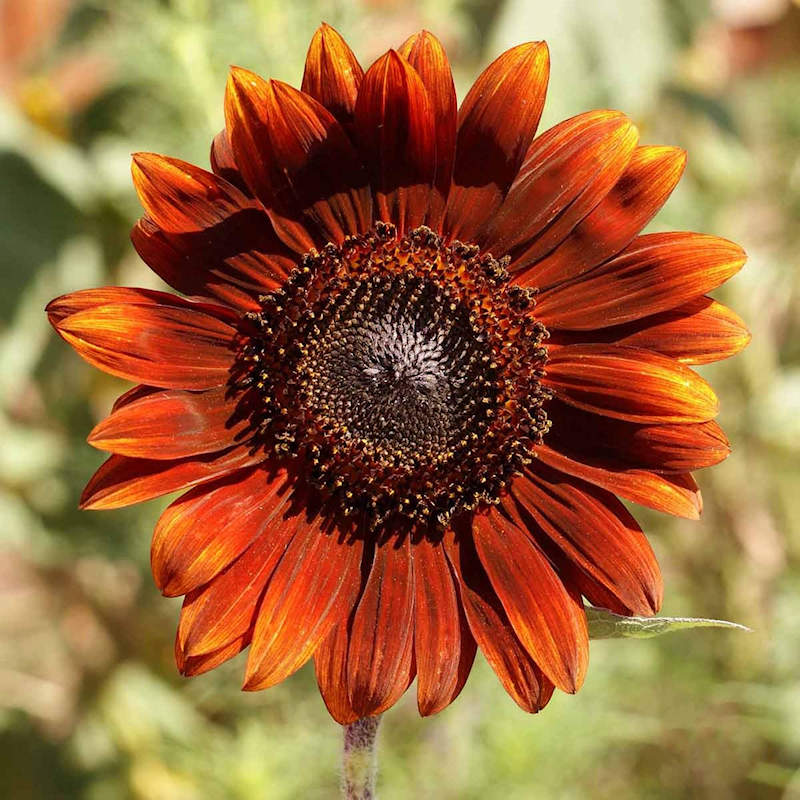Smoot's Farm
Seeds Sunflower Velvet Queen Open Pollinated Heirloom 15 Seeds
Seeds Sunflower Velvet Queen Open Pollinated Heirloom 15 Seeds
Couldn't load pickup availability
Sunflower Velvet or Helianthus Annuus
Open Pollinated Heirloom 15 Seeds
Non-GMO - US grown - Open-pollinated - Untreated
Flat Rate Shipping However Many Packs of Seeds Ordered.
Also Free Shipping on seeds when combine with any item in our Store. If you shipping is not
Adjusted at check out a refund for the difference will be sent when we process the order.
We are a licensed plant and seed dealer located in Middle Georgia.
Please contact us with any questions or concerns.
Thank you for stopping by ~ Follow Smoot's Farms on other social media platforms!
____________________
Add an air of rustic elegance to your garden with these velvety bronze and burgundy sunflowers. This sunflower grows to a perfect reachable height and makes excellent cut flowers. As with most sunflowers, this variety is straightforward to grow, so it makes an excellent selection for a beginning gardener.
Sowing: This seed should be sown directly outdoors, since the long roots of this plant need space to develop and dislike being disturbed. In late spring after the soil has warmed to 70-75 degrees F, plant several seeds together 1" deep and 6" apart in rich, well-drained soil; the velvet queen sunflower seeds will begin to germinate in 8-10 days. The protection of netting or a screen may be necessary to prevent birds or animals from eating the seeds as they begin to sprout and develop; keep the soil moist. Thin to the strongest seedlings.
Growing: Water the seedlings occasionally as they develop. Mature plants tolerate drought well, though they may need regular fertilizing for the best growth. Avoid overwatering, since this can cause disease. This plant attracts bees, butterflies, and birds.
Harvesting: For fresh flowers, cut the stems 11/2-2 feet in length and at an angle of 45 degrees. Strip off any leaves that will fall below the water level; place the stems in water immediately. For the longest vase life, recut the stems and replace the water every three days. To save the seeds for eating, first cover the heads with a protective fabric covering such as cheesecloth to discourage the birds and squirrels. As the heads ripen, they will drop their petals; the back of the head will turn from green to brown, and the seeds will develop a hard coating. Cut the heads, leaving several inches of stem. Hang them to dry in a protected, well ventilated area. Remove the seeds by gently rubbing the dried heads. Store the seeds in an airtight container.
Share


